Our History
Finchingfield has a very long history, well documented since the Norman conquest and recorded in the Domesday Book. Finchingfield village was described by Sir Nikolaus Pevsner, Professor of Art and Architectural History, as “more often illustrated in journals and picture books than any other in Essex, and rightly so. It is the picture-book village of a completeness not often found” whilst Sir John Betjeman called it “England’s most attractive village”.
The Guildhall is a Grade 1 listed building situated on Church Hill. Built in 1470 for the Guild of the Holy Trinity, it provided accommodation for a priest to conduct services in the Church of St John the Baptist, a meeting room for the Guild, ground floor workshops for trades, later a school room and almshouses. Today it houses a large function room, the museum with static and interactive displays and the village library.
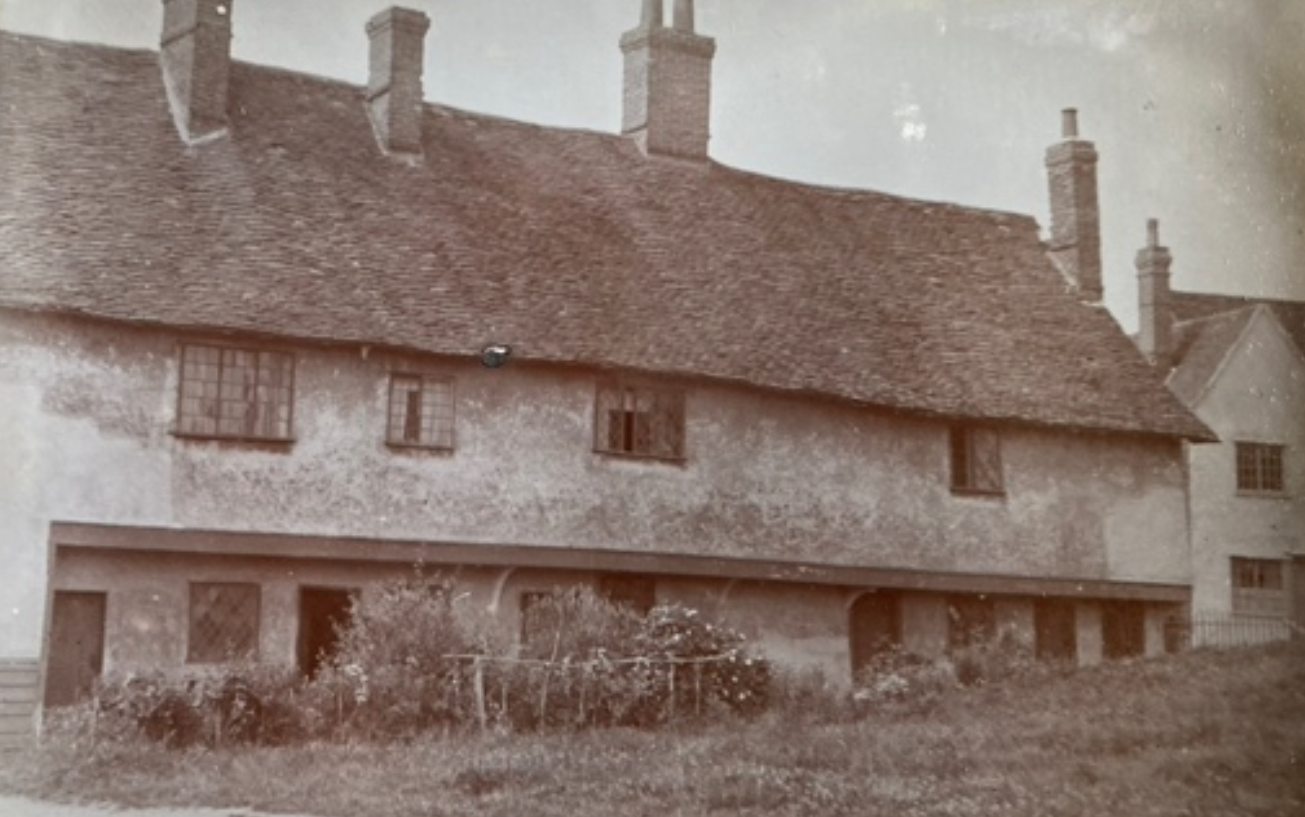
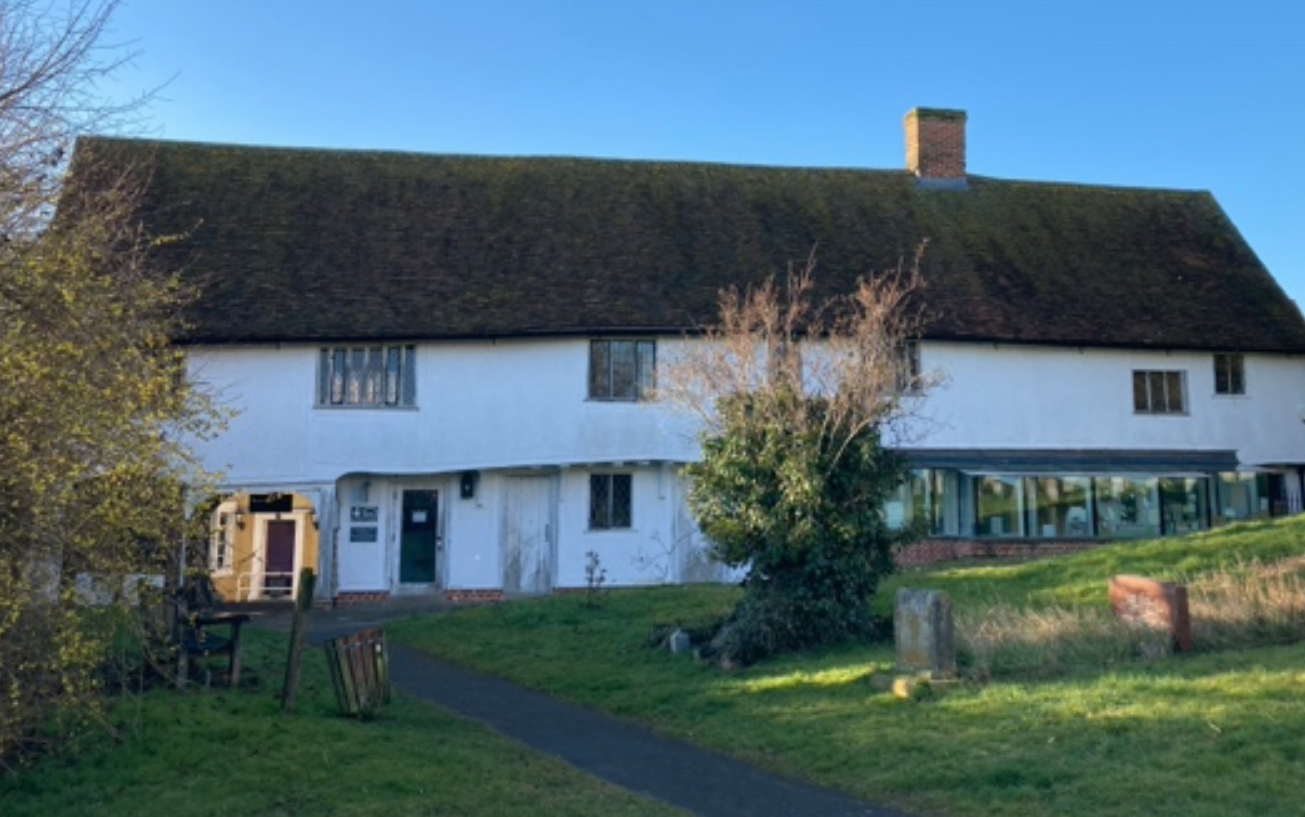
Finchingfield – a very brief history
People have lived in Finchingfield for thousands of years, living in the valley carved by the melting ice-age glaciers, which formed the village pond and deposited a boulder of Northumbrian dolerite (near Street Farm Barns). The oldest flint tool found in Finchingfield dates from around 12,000 years ago but the finest discovery is a Neolithic polished axe head, 3,000 years old. Archaeologists have excavated two Roman settlements in the parish revealing tiles, pottery, oyster shells and deer horns. A bee-hive quern for grinding corn was discovered in the garden of Cabbaches, thought to date to the period AD 50-150. A more recent excavation, in land off Bardfield Road in advance of a residential development, revealed a medieval tile kiln, retting pits for the production of flax, a sunken road and pottery dating to the 12th-14th century.
In Anglo-Saxon times, around AD 500, the Kingdom of Essex was founded – East Seaxe – East Saxons. Finchingfield’s Saxon name was Phincinghefelda, which suggests that its early origin was ‘land cleared by the people of Phinc’.
In 1086, Finchingfield was recorded as a settlement in the Domesday Book. Finchingfield’s population was listed as having 124 households, which places the village in the largest 20% of settlements recorded. Before the Norman conquest in 1066, Finchingfield was the property of Earl Aelfgar, the Queen and other Anglo Saxons. After 1066, Finchingfield’s land, livestock, woodland, homes and slaves became the property of the Normans, including King William 1, Count Eustace of Boulogne, Count Alan of Brittany and Hervy de Ispania. It was Hervy de Ispania who first built the house known as Spains Hall. Originally a moated wooden building, in 1585 it was built into a brick Elizabethan country house, home of the Kempe family and later Samuel Ruggles and his descendants, the Ruggles-Brise family.
The oldest building in Finchingfield, built of stone, is the Church of St John the Baptist. The large Norman tower dates from 1170 with other parts constructed in the late 13th and 14th centuries. The Guildhall dates from 1470, housing a priest, with shops and workshops on the ground floor and a large hall for Guild meetings, later used as a school for boys and almshouses. Throughout the village there are superbly preserved houses that date from around 1500, some with large flamboyant chimney stacks indicating a period of wealth which reveal a glimpse into pre-industrial England. Life was difficult for some Finchingfield residents though. The Parish Overseer, elected annually, made money and goods available to the poor and a Workhouse opened in 1767 to house the needy.
The 1851 census records the population of Finchingfield as 2,594 people. Many of these villagers would have been farm workers, living in cottages ‘tied’ to the Spains Hall estate. Farming was labour intensive then and there were eight windmills in the parish. Only one windmill remains, which ceased working in 1890. It is a Post Mill and is the smallest one of its kind in Essex. An important local industry was straw plaiting, undertaken by women and children in the village to supplement incomes. The plaited straw was bought by merchants for weaving into bonnets and hats. In 1922, the village boasted: a Doctor, a Thatcher, a Plumber, a Carpenter, a Carrier, two Butchers, two Bakers, two Blacksmiths, two Boot Repairers, five Pubs, six Grocers, a Post Office, a Clothier/Furniture /Hardware dealer, a Fire Engine and Fire Station and a Garage for petrol and car repairs.
All this and more of Finchingfield’s history can be explored in the Guildhall.
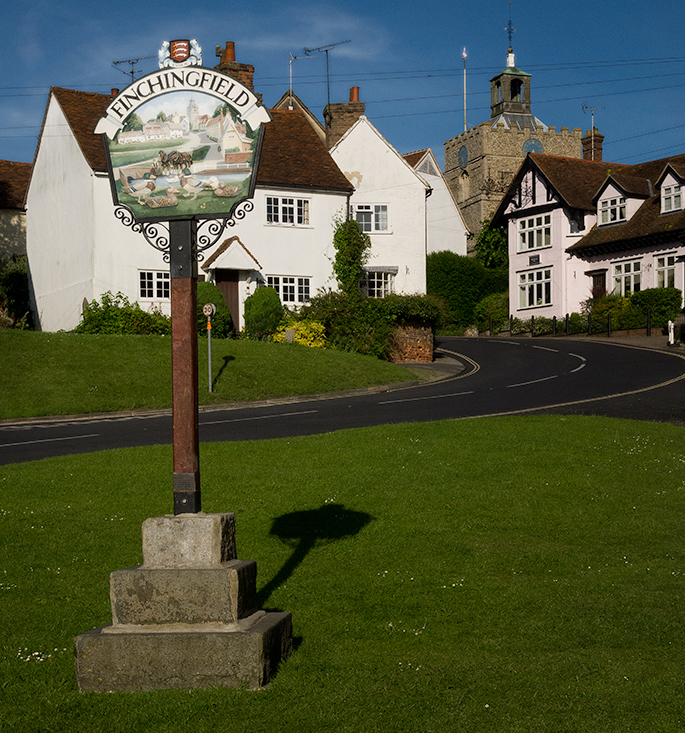
The Guildhall – a building of exceptional importance
Guildhall is a name usually given to the buildings of two types of medieval guild: religious guilds or craft guilds. In small towns and villages, however, these purposes often entwined so that the Guildhall existed for religious, economic and social purposes. The building of Finchingfield Guildhall by the Trinity Guild ties it to the Church. The existence of a guild in Finchingfield is mentioned in The History and Antiquities of the County of Essex by Philip Morant (1786). He states that: “Here was a Gild called Trinity Gild, founded by Henry Onyon, William Sergeant, Richard Walklefar, Richard Mortimer and Kempe, Gent. to fund a Gild priest.”
Built circa 1470, from oak, filled with wattle and daub and with a clay tiled roof, Finchingfield Guildhall exhibits many of the features of a typical East Anglian Guildhall. It is built close to the church, in the heart of the village, with a first-floor guild room and evidence of shops/workshops in the ground floor. The roof timbers reveal that the original building was extended in the 17th century. After the abolition of the Guilds, the Guildhall came into private ownership. John Mildmay is recorded as the owner, but it is not known to what use he put the building. We do know that the Guildhall was not in a good state of repair when it was subsequently sold to Sir Robert Kempe, of Spains Hall, Finchingfield. Sir Robert paid for substantial repairs and probably, the 2-bay extension at the eastern end. Sir Robert sold the Guildhall to a group of villagers in 1630 for £50. The deed for this exists still and can be inspected at the Essex Records Office.
Any building which survives for more than five and a half centuries has been adapted and altered to meet changing needs. Finchingfield Guildhall is no exception to this. Over time it has been used for celebrations, education, relief of need and hardship, civic administration, exhibitions and meetings to name but a few examples.
In the list of Essex Guildhalls of 1548, four Guildhalls are noted for housing a school; of these, three are in urban settings, with Finchingfield Guildhall being the only rural location. With the abolition of the Guilds, it is unlikely that the school in the Guildhall continued. However, with the sale to the village in 1630 and an endowment for a school, local boys once again received an education in this historic building. It was not until Finchingfield Church of England Primary School was founded in 1856 that this ceased.
Since the seventeenth century, there was continuous use of part of the Guildhall as almshouses. Documentary evidence for this from the foundation of the Guildhall to 1630 is minimal, but it is likely that those suffering hardship would have been given accommodation, as was common at the time. By 1658, almshouses were established in the Guildhall. Further evidence of almshouse use is scant, but by 1907 there was only one elderly lady in residence. After her demise the Guildhall deteriorated, a state of affairs that was not remedied until 1950.
Research has revealed that the village bridewell or holding cell was located in the Guildhall. Offenders were held here until their cases were heard at the Quarter Sessions. Drawing information from local authors the first Parish Council meeting in 1894 was held at the Guildhall whilst the building was also used for the relief of poverty through many schemes including thrift clubs, the distribution of bread, coal and clothing, as well as centuries of village meetings, exhibitions and social functions.
By 1950 another programme of major works was undertaken. Sadly, modern materials were used, as was considered best practice at the time, and the old lime render was removed, to be replaced with cement. This, with concrete floors and installation of two staircases to the new almshouses created on the upper floor, resulted in the loss of parts of the Guildhall.
There was little investment in the Guildhall until 2008, when the Finchingfield Guildhall Trust was formed to save the building from dereliction. After several years’ bidding for funding, the build started in earnest in 2011. Expert craftsmen were employed using ancient techniques, and local materials were sourced. The Guildhall re-opened in July 2014.
In keeping with its original purpose, the building is now a stimulating heritage based facility for all. For this we thank the Heritage Lottery Fund and English Heritage for their significant grants and the generous support from the Department for Culture, Media and Sport, Braintree District Council, D’Oyly Carte Charitable Trust, DHJ Currie Memorial Trust, Essex County Council, Essex Heritage Trust, Finchingfield Parish Council, Foyle Foundation, Garfield Weston Foundation, Sir Robert Kempe Education Foundation, Stephen Clarke 1957 Trust, The Rayne Trust, The Wolfson Foundation, The Worshipful Company of Grocers, Viridor Credits, and The John and Ruth Hoard Charitable Trust.
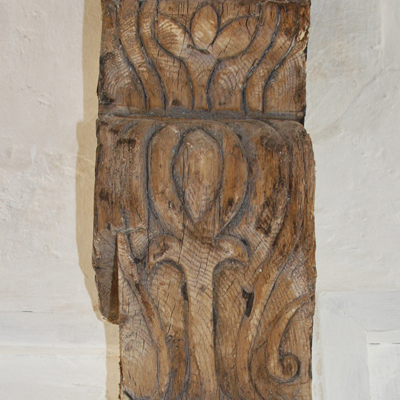
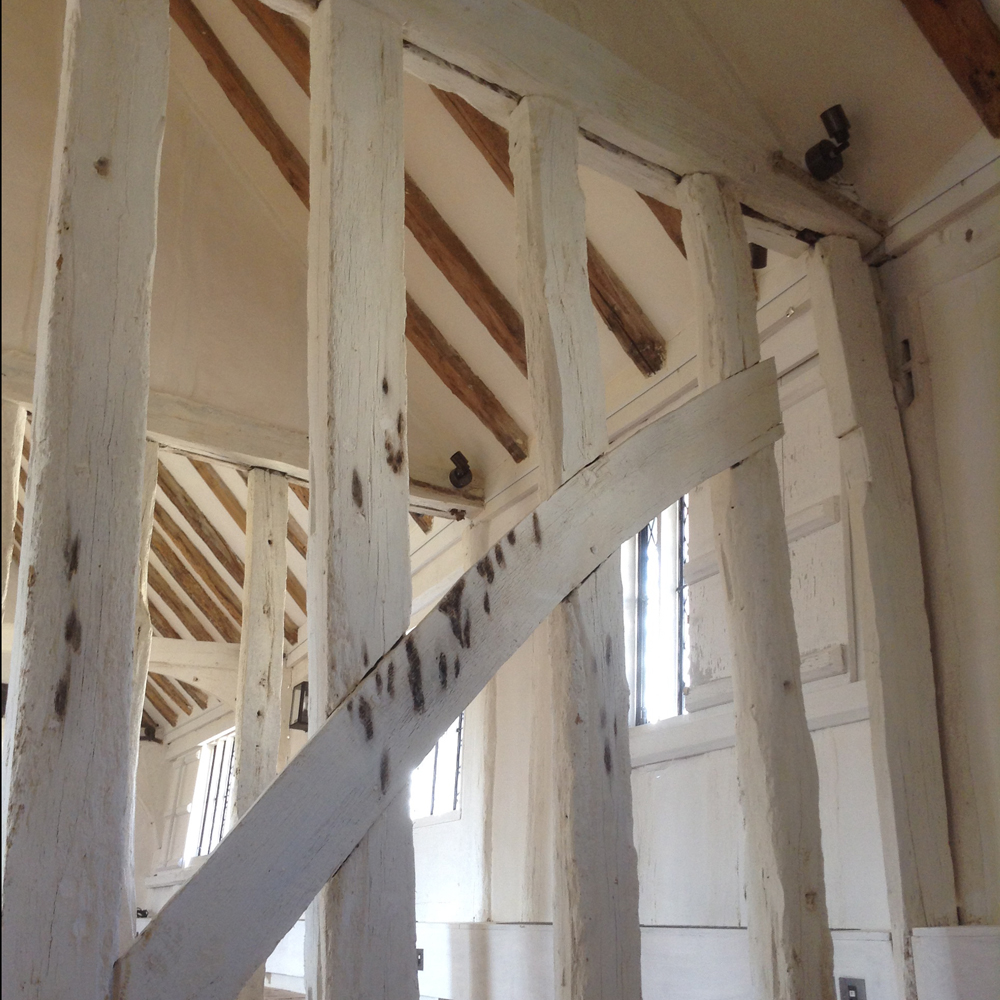
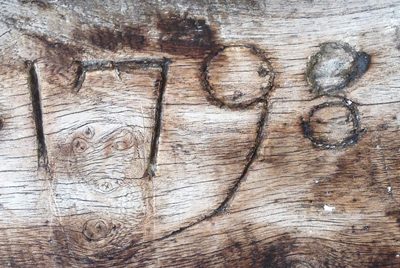
Latest News
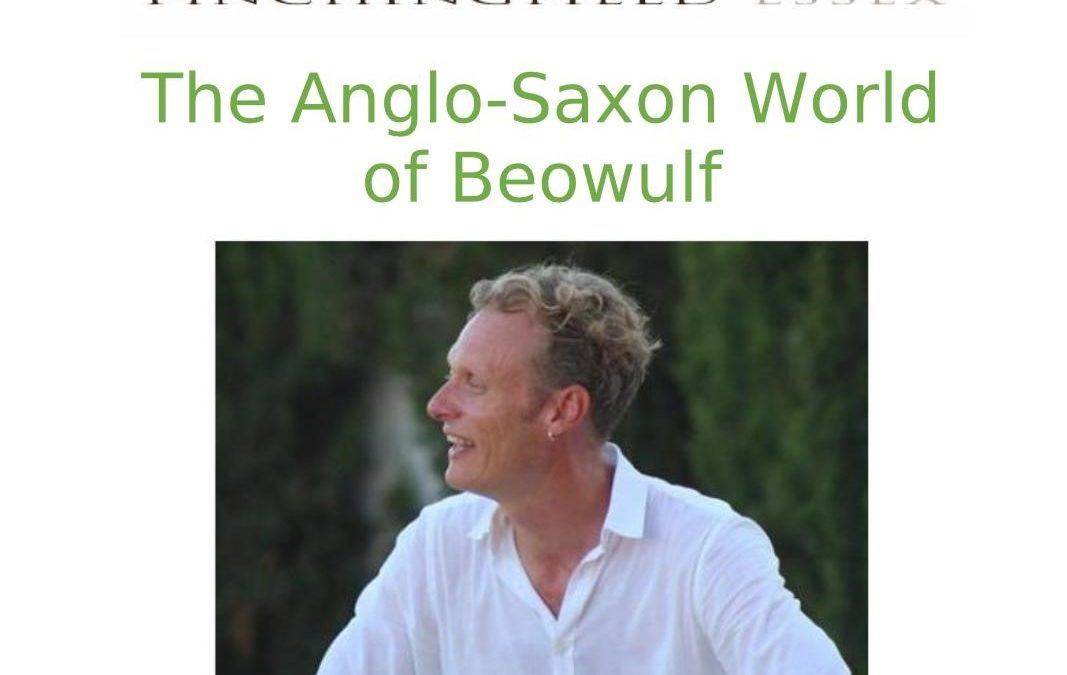
TALK: The Anglo-Saxon World of Beowulf
Thursday 17 July 7.30 - 8.45 Join us for an evening filled with captivating stories of dragons, kings, monsters and heroes. Stories and historical...

Fantastic theatre production – Monday 14 July
Death and the Carpenter Parrot theatre company will be touring the East Anglia with their show 'Death and the Carpenter' this July. A deserted...
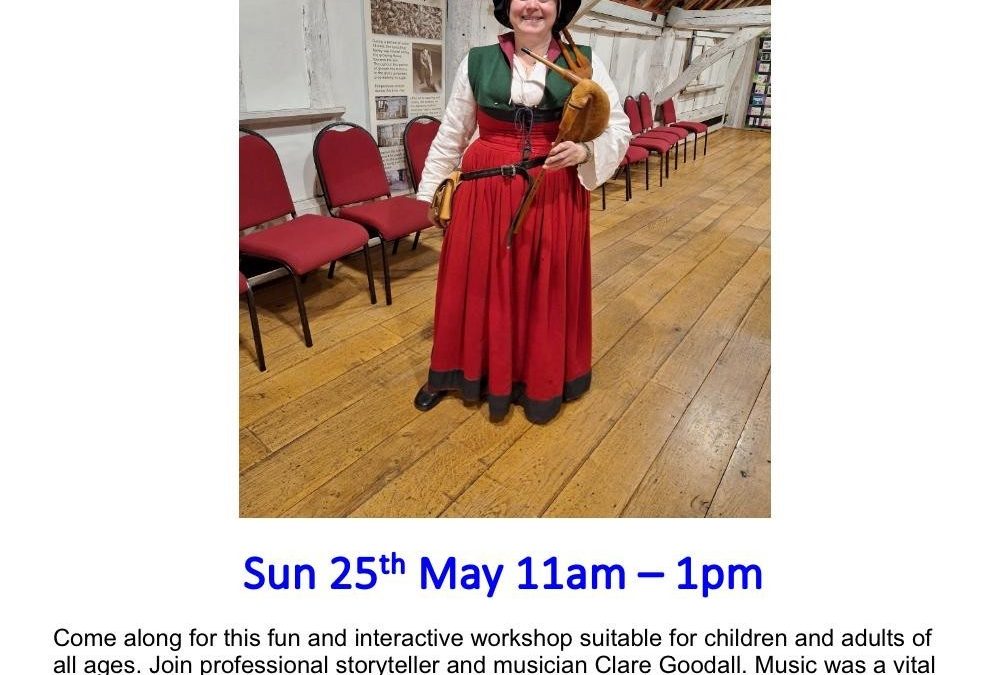
Tudor Storytelling, Music and Dance for children and adults Sun 25 May 11am – 1pm
Sun 25th May 11am – 1pm Come along for this fun and interactive workshop suitable for children and adults of all ages. Join professional storyteller...
